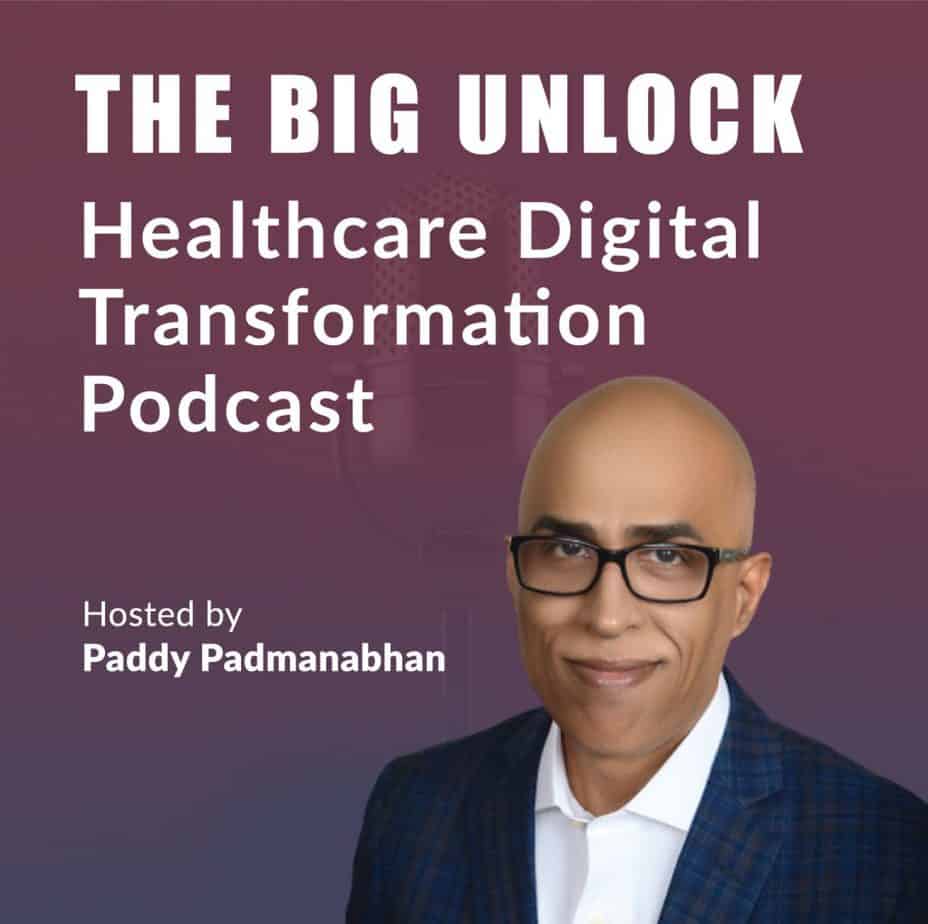Why big tech firms are going after the primary care experience

Think Amazon Prime for healthcare (without a return policy). However, it’s complicated.
A few months back, I had argued in this column that the coming battle in health care would be over who “owns” the consumer. Recent research and market developments both point to how this is playing out among the traditional and non-traditional firms, as well as the significant challenges they must overcome.
As the impending mega-mergers between health care giants CVS-Aetna and Cigna-Express Scripts inch closer to final regulatory approvals, Amazon and Apple, the two most talked about emerging players in healthcare delivery, have announced plans to move forward with a set of owned and operated clinics to provide primary care to their employees.
The shifting landscape for delivering primary care services to healthcare consumers is possibly the most visible manifestation of the battle for dominance in the new healthcare marketplace.
CVS, with its growing footprint of in-store walk-in clinics, can potentially capitalize on the foot traffic in its stores to grab a big slice of consumer spending on routine and non-emergency care. Amazon and Apple, on the other hand, have taken somewhat different approaches, albeit with the same purpose – to own the primary care experience.
Meanwhile, traditional healthcare enterprises and hospitals are stepping up their digital health programs, especially telemedicine and remote monitoring, even as specialized firms like Teladoc and Doctor on Demand, are looking to wrest control of the consumer experience by investing in and expanding on a wide range of virtual care services.
The new (and virtual) healthcare consumer
A new study by VC firm Rock Health provides some insights on shifting consumer preferences for telemedicine. Based on a survey of over four thousand respondents, the research indicates that consumers using at least one digital health tool has increased 80% in 2015 to 87% in 2017.
There is some nuance to this data point; while consumers are increasingly using digital health tools for online health information and provider reviews, their use of telemedicine for live consultations has actually dropped. The Q2 earnings reports for Teladoc, a leading telemedicine provider, indicates that paid visits for virtual consults are increasing; however, their gross margins fell from quarter 1 to quarter 2, and their net losses increased over the same time frame. It may be that the virtual visits pie is stagnant right now and new players are acquiring market share at a significant cost, hoping for a long-term payoff from a permanent shift in healthcare consumption preferences.
On the one hand, telehealth increases access for the consumer while reducing the costs of care. However, physicians are yet to embrace telemedicine fully and set aside more time for virtual visits because it comes with a cost; the reimbursement model for virtual visits is yet to mature, and telehealth, by and large, is compensated at lower rates compared to in-person visits.
Tech firms and newer players may operate in an entirely different economic model, one that doesn’t care much for CMS reimbursements, and this could reshape the healthcare consumer experience in future.
Converting the retail consumer to the retail healthcare consumer
Enter new giants like Apple and Amazon, with vast amounts of resources, technology capability and a deep understanding of consumer behavior. They are trying to shape an entirely new healthcare experience, to be piloted and refined within the crucible of a captive healthcare consumer population, i.e., employees.
The implications for traditional healthcare firms us that consumers who are redirected from their traditional provider relationships to company-owned and operated clinics for primary care will eventually shift the ownership of the experience to their employers, who in turn can refine the user experience while providing financial incentives (think Amazon Prime for healthcare).
As the focal point of the healthcare consumer experience shifts away from the traditional doctor-patient encounter in a clinic, traditional players will need to come up with ways to retain and strengthen their current relationships.
How serious is this shift and how far can it go? While Apple and Amazon may be able to wean away their employees at their corporate headquarters from their traditional primary care providers to their owned and operated clinics, they will need a vast network of clinics over time if they have to cover a national or global population of workers.
Current licensure restrictions make it difficult to practice any medicine across state lines, a limitation that traditional and emerging healthcare firms will have to work with. It’s too soon to tell if consumers will abandon their traditional provider relationships en masse and shift to employer-run clinics. Even if they do, they will still need to turn for their acute care needs to health systems with strong brands and deep roots in their communities.
A collaborative equilibrium to float all boats
The reality of the current situation is that technology firms don’t know medicine as well as traditional health systems (though Amazon is making a long bet to change this with the launch of the new venture headed by renowned physician Dr. Atul Gawande), just as the reverse is true.
Some partnership model will have to eventually emerge since it’s hard to visualize an Amazon or Apple getting into the tertiary care business. Even in primary care, success is far from foretold for technology firms, since healthcare experiences are far more personal and carry far higher consequences for consumers ( no use for free return shipping for a poor healthcare experience).
For their part, health systems who are at risk of losing control over the primary care experience will need to find ways to remain the preferred destination for acute and in-patient care. We have seen some version of this play out in the health insurance sector with employers increasingly underwriting medical costs and retaining the services of the insurers for administrative services.
The biggest unknown in all this is healthcare consumers and their preferences. Indications are that consumers are getting more comfortable with digital health technologies, evidenced by the growing use of remote monitoring devices, wearables and the like.
The breakneck pace of funding for digital health startups points to continued confidence in the potential of technology to alter healthcare preferences ($ 6.9 Bn in the first half of the year, compared to $ 5.6 billion for the same period last year). We don’t think twice about getting our prescriptions filled electronically anymore, and we’re increasingly trolling the web for medical information.
However, we are still in the early stages of a definite shift towards virtual care, and big challenges around free access to patient medical information are yet to be overcome. Apple has started addressing some of these challenges by building collaborative networks with leading health systems for data sharing and for delivering personalized health experiences over the iPhone.
Regardless of how the future shapes up, the rising tide of healthcare delivery options will lift all consumers to a better healthcare experience with more choices and hopefully much lower costs.















